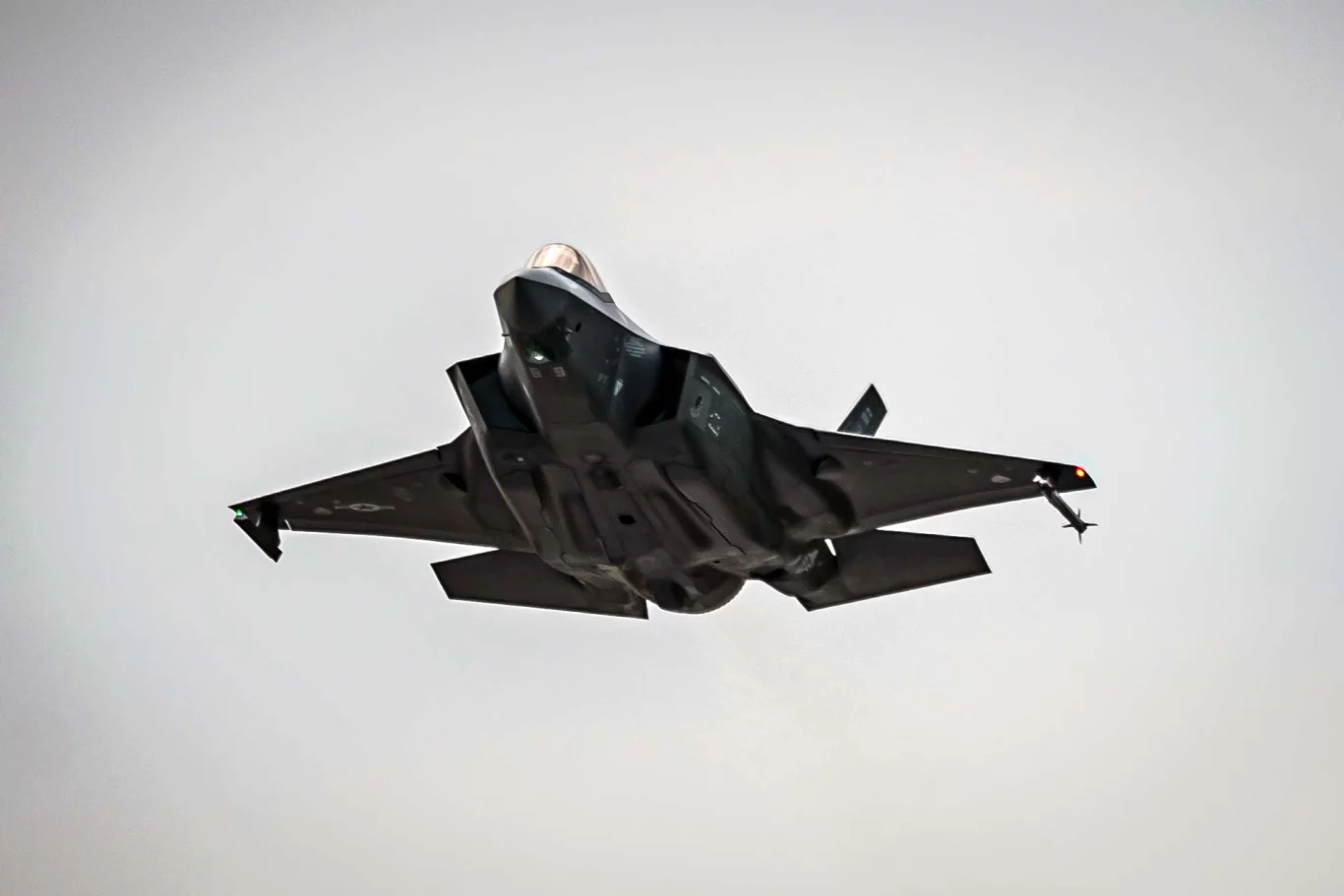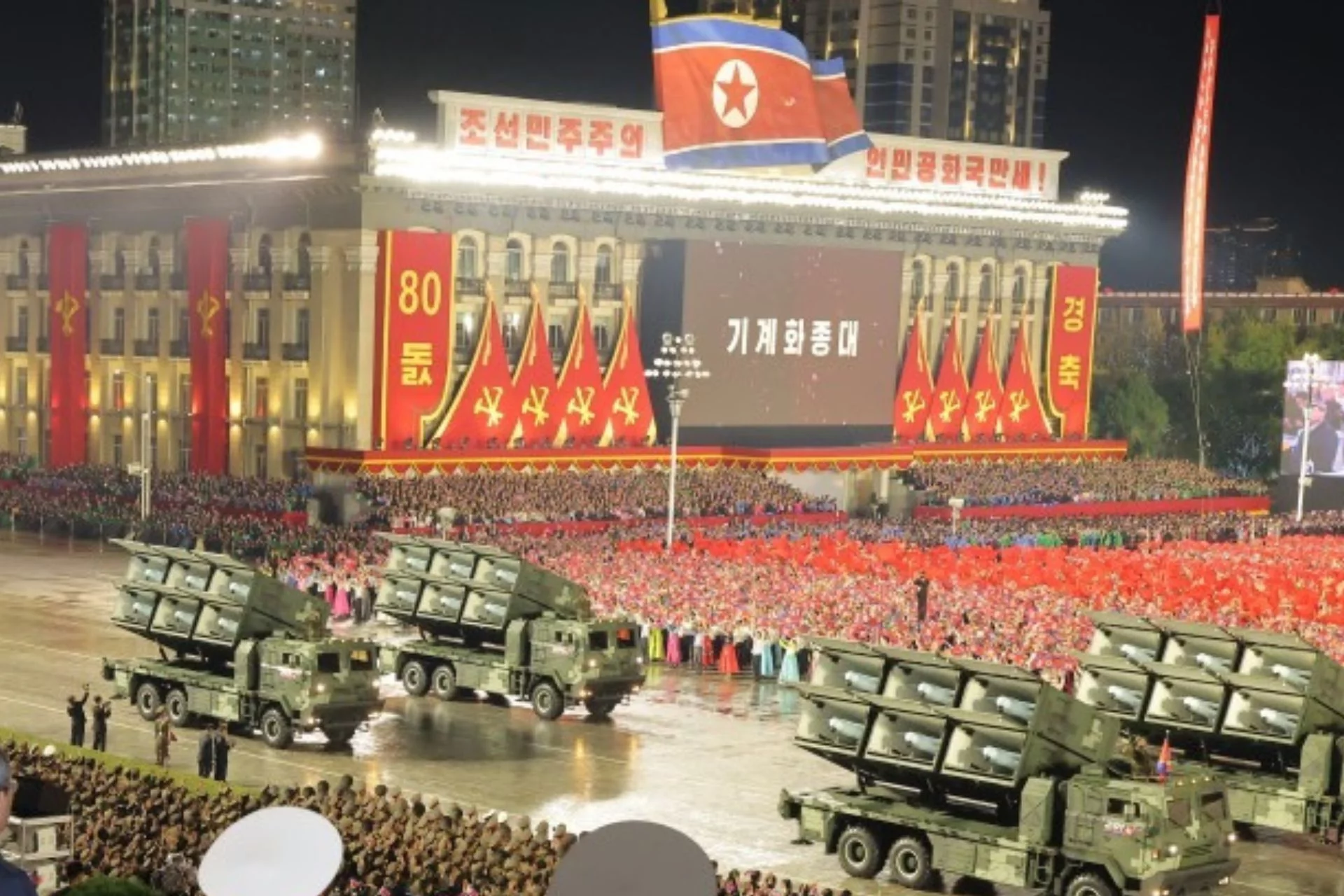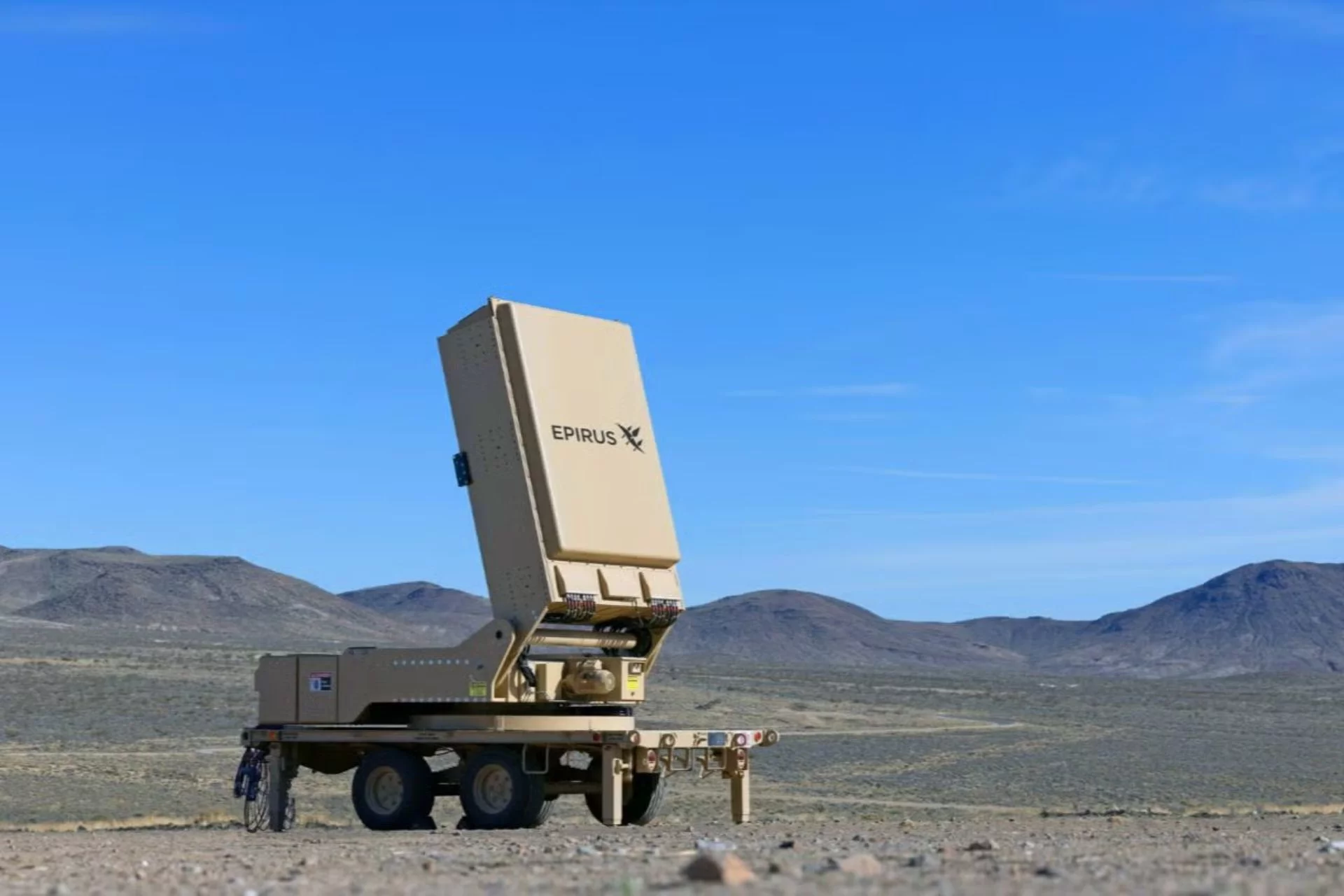In a bold move that underscores Germany’s commitment to modernizing its military amid escalating geopolitical tensions, the nation is gearing up to acquire an additional 15 Lockheed Martin F-35A Lightning II fighter jets. This €2.5 billion ($2.9 billion) expansion would elevate the Luftwaffe’s total F-35 fleet to 50 aircraft, marking a significant leap in airpower capabilities and deeper integration with NATO allies. The decision, spearheaded by Defense Minister Boris Pistorius, comes as Germany continues to phase out its aging Tornado fleet and aligns with broader European security strategies in the wake of Russia’s invasion of Ukraine.
As reported on October 20, 2025, this latest procurement push reflects Germany’s “Zeitenwende” – a historic turning point in defense policy announced in 2022 with a €100 billion special fund to revamp its armed forces. The initial order of 35 F-35As was approved back in December 2022 to replace the 85 Tornado jets, which have served as the backbone of Germany’s nuclear-sharing role within NATO since the Cold War era. These venerable aircraft, dating back to the 1980s, are slated for decommissioning by the end of the decade, creating an urgent need for advanced replacements that can handle nuclear missions, deep strikes, and air superiority tasks.
The F-35A, a fifth-generation multirole stealth fighter, stands out for its cutting-edge features that set it apart from legacy platforms. At its core is low observability technology, which minimizes radar detection and allows it to penetrate heavily defended airspace undetected. Powered by the Pratt & Whitney F135 engine, the jet delivers over 40,000 pounds of thrust, enabling supersonic speeds without afterburners (supercruise capability) and a combat radius exceeding 590 nautical miles. Its integrated sensor suite, including the AN/APG-81 active electronically scanned array (AESA) radar, Distributed Aperture System (DAS) for 360-degree situational awareness, and advanced electronic warfare systems, fuses data from multiple sources to provide pilots with unparalleled battlefield intelligence.
For the Luftwaffe, the F-35A is not just a fighter; it’s a force multiplier. It will assume the critical nuclear-sharing duties currently handled by the Tornados, ensuring Germany can fulfill its NATO obligations by carrying U.S. nuclear weapons like the B61 bomb. This role is vital for alliance deterrence, particularly in light of ongoing threats from Russia and other adversaries. Beyond nuclear missions, the aircraft excels in suppression of enemy air defenses (SEAD), intelligence, surveillance, reconnaissance (ISR), and close air support. Its helmet-mounted display system (HMDS) allows pilots to “see through” the aircraft, projecting sensor data directly onto their visors for enhanced targeting and navigation.
Germany’s expansion to 50 F-35As is a strategic masterstroke, addressing fleet sustainability and operational readiness. With the additional jets, the Luftwaffe can maintain higher availability rates, accounting for maintenance cycles, training requirements, and potential combat losses. This buildup complements recent approvals for 20 new Eurofighter Typhoon Tranche-5 aircraft, which focus on electronic warfare and data collection roles. Together, the F-35 and Typhoon will form a hybrid fleet: the stealthy F-35s leading high-threat penetrations, while the Typhoons provide mass, jamming support, and quick reaction alert (QRA) duties.
Infrastructure preparations are already in full swing. Upgrades at Büchel Air Base, the primary site for Germany’s nuclear-capable aircraft, include secure vaults, enhanced runways, and specialized simulators, with costs reportedly approaching €2 billion. The first German F-35s are expected to arrive in 2027, with full operational capability targeted for the early 2030s. This timeline aligns with NATO’s push for greater interoperability, as multiple allies – including the U.S., UK, Italy, Netherlands, and Poland – operate the F-35, facilitating shared training, logistics, and mission planning through common data links like Link 16 and the Multifunction Advanced Data Link (MADL).
The decision has broader implications for European defense dynamics. While it strengthens U.S.-German ties and NATO’s central European flank, it has reignited debates with France over the Future Combat Air System (FCAS/SCAF), a joint European sixth-generation fighter program. Critics in Paris argue that Germany’s heavy reliance on American technology undermines European industrial autonomy, potentially straining Franco-German relations. However, proponents counter that the F-35’s proven maturity and immediate availability make it indispensable for bridging the gap until FCAS becomes operational in the 2040s.
Budget-wise, the €2.5 billion package covers not only the airframes but also initial spares, support equipment, and mission-specific integrations. This follows the pattern of the initial €10 billion allocation for the first 35 jets, which included startup costs for weapons, infrastructure, and training. The proposal now awaits approval from the Bundestag’s budget committee, a step that could formalize the deal through U.S. Foreign Military Sales (FMS) channels with Lockheed Martin. If greenlit, it would represent one of the most significant defense investments in recent German history, signaling Berlin’s resolve to shoulder more NATO responsibilities.
In the context of persistent security challenges – from Russia’s aggression in Ukraine to hybrid threats in the Baltic region – this F-35 expansion is a clear statement of deterrence and alliance solidarity. It enhances Germany’s ability to contribute to collective defense, improves aircraft survivability in contested environments, and fosters a more resilient air force. As Defense Minister Pistorius has emphasized, such investments are essential for maintaining peace through strength in an increasingly volatile world.
Ultimately, Germany’s push for 50 F-35As isn’t merely about numbers; it’s about transforming the Luftwaffe into a modern, integrated powerhouse capable of deterring aggression and supporting allies. This move locks in a fifth-generation core for decades to come, pairing stealth innovation with Typhoon versatility to deliver comprehensive airpower. As the Bundestag deliberates, the world watches how this decision will reshape European skies and NATO’s strategic posture.




